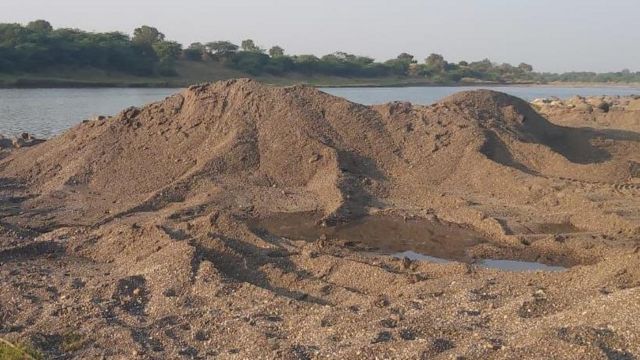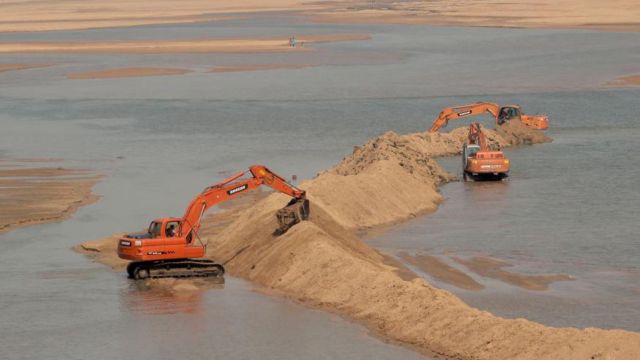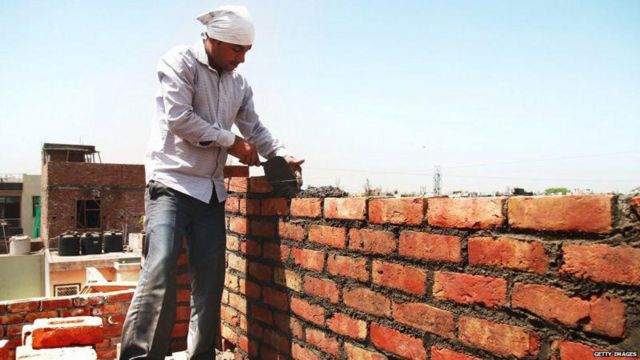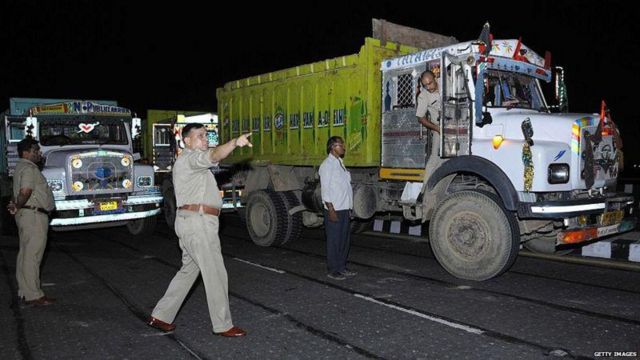Introduction
Landslides are natural disasters that pose a significant threat to human lives, settlements, and critical infrastructure in India. The country's diverse topography, geological conditions, and climatic variations make it susceptible to landslides. Over the years, India has witnessed several devastating landslides that have claimed lives and caused extensive damage. To mitigate these hazards, proactive measures for landslide detection and prevention are crucial. In this blog, we will explore the challenges posed by landslides in India and the innovative techniques used for early detection and prevention.
The Challenge of Landslides in India
India's vast landscape is characterized by mountains, hills, plateaus, and coastal regions, making it highly vulnerable to landslides. The Western and Eastern Ghats, the Himalayan ranges, and the hilly states in the Northeast are particularly prone to landslides due to the tectonic activity, heavy rainfall, and soil erosion. Landslides can be triggered by natural factors such as heavy rainfall, earthquakes, volcanic activity, and even human-induced activities like deforestation and construction on unstable slopes.
Landslide Detection Techniques
1. Remote Sensing and GIS: Remote sensing technologies, such as satellite imagery and LiDAR (Light Detection and Ranging), enable the monitoring of landslide-prone areas. By analyzing changes in terrain elevation and vegetation patterns, experts can identify potential landslide hotspots. Geographic Information Systems (GIS) help in mapping and analyzing spatial data to assess landslide susceptibility and vulnerability.
2. Ground-Based Monitoring: Installing ground-based monitoring systems, such as inclinometers, extensometers, and geotechnical sensors, allows real-time tracking of slope movement. These instruments help measure slope stability, strain, and displacement, providing early warning signals of impending landslides.
3. Rainfall Monitoring: Rainfall is a significant triggering factor for landslides in India. Rain gauges and weather stations are used to monitor rainfall intensity and duration in landslide-prone areas. When rainfall thresholds are exceeded, alerts can be issued to warn the local population and authorities.
Preventive Techniques
1. Terracing and Retaining Walls: In hilly regions, terracing and constructing retaining walls on vulnerable slopes can stabilize the terrain and prevent mass soil movement. These structures help break the slope into smaller, more stable segments, reducing the risk of large-scale landslides.
2. Afforestation and Erosion Control: Planting trees and vegetation on slopes helps enhance soil stability by preventing erosion and improving root cohesion. The roots of plants bind the soil together, reducing its susceptibility to landslides.
3. Early Warning Systems: Implementing community-based early warning systems can be instrumental in reducing casualties. Leveraging communication technology, alerts can be disseminated to residents, allowing them to evacuate to safer areas when a landslide is imminent.
4. Engineering Measures: Slope engineering techniques, such as slope stabilization with rock bolts, soil nails, or shotcrete, can be employed to reinforce unstable slopes. Additionally, proper drainage systems can divert water away from potential landslide sites, reducing the risk.
Conclusion
Landslides are a formidable threat to life and infrastructure in India. To combat this hazard, proactive measures for landslide detection and prevention are of paramount importance. Employing cutting-edge technologies like remote sensing, GIS, and ground-based monitoring systems can aid in identifying potential landslide-prone areas and issuing timely warnings. Equally critical are preventive measures such as terracing, afforestation, and community-based early warning systems to safeguard lives and property.
The synergy between advanced technologies, engineering interventions, and community awareness will play a pivotal role in reducing the impact of landslides in India. With a concerted effort from the government, local communities, and environmental experts, the nation can move towards a safer and more resilient future, prepared to tackle the challenges posed by natural disasters.
If you liked this blog please visit to my other blogs too.
Thank you so much.


















